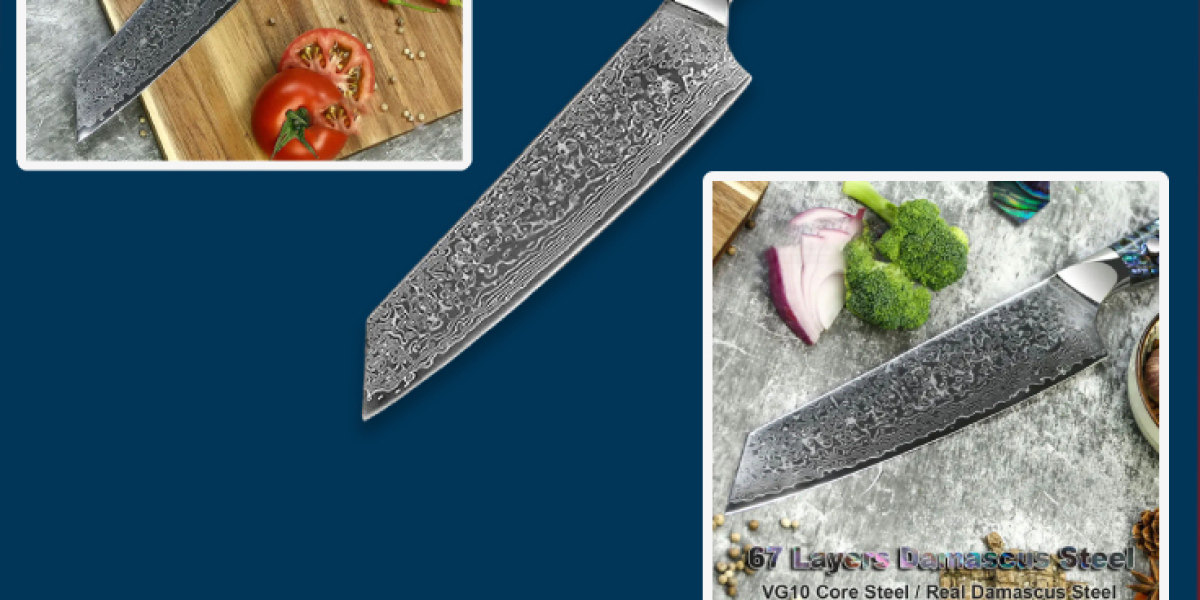1. Understanding the Purpose of Each Knife
Both the Nakiri and chef’s knife are popular in home kitchens, but they serve slightly different roles. The chef’s knife is a general-purpose tool with a curved blade ideal for rocking motions. The nakiri knife, by contrast, is designed specifically for vegetables. It has a straight edge and tall, thin blade that promotes clean, downward cuts. Understanding their differences will help you choose the right knife for your cooking style and ingredient preferences.
2. The Advantage of a Flat Blade Edge
The Nakiri’s flat edge makes it superior for chopping vegetables with precision. Unlike the curved chef’s knife, it allows full blade-to-board contact with every chop. This prevents vegetables from sticking and ensures uniform cuts. For users focused on meal presentation or efficient stir-fry prep, this flat-edge design is a game-changer. It also makes cleaning easier since less residue clings to the blade after slicing through dense or watery vegetables.
3. Precision Cuts Without Tearing
The Nakiri’s thin blade excels at making clean slices without tearing or bruising. This is especially important when working with soft produce like tomatoes, eggplants, or zucchini. A chef’s knife may sometimes crush or mash the food due to its thickness and curved motion. The Nakiri’s straight, vertical cuts maintain the structure of ingredients, keeping your food fresh and visually appealing throughout the cooking process.
4. Better Handling for Delicate Ingredients
The tall blade of a Nakiri knife helps stabilize delicate or slippery ingredients during slicing. It gives your fingers more clearance and control, reducing the risk of slipping. Chef’s knives can feel unwieldy with small produce, while the Nakiri’s size and shape allow for a safer, more efficient grip. This is especially useful for slicing herbs, onions, or mushrooms with precision and confidence.
5. Slicing in Volume with Speed
When prepping large quantities of vegetables, the Nakiri outperforms the chef’s knife in speed and accuracy. Its weight and geometry make repetitive cutting more comfortable, especially during meal prep or catering tasks. The squared tip and tall blade also help with scooping ingredients from the cutting board. With the Nakiri, slicing ten carrots or shredding a cabbage becomes a faster, cleaner job.
6. Chef’s Knife: Better for Multi-Purpose Tasks
While the Nakiri is excellent for vegetables, the chef’s knife still holds an advantage in versatility. It can tackle meat, poultry, and even bone-in cuts with its broader, stronger blade. If you’re preparing a wide variety of dishes and only want one knife, the chef’s knife may offer better value. But for a dedicated vegetable cutter, the Nakiri will always be more efficient and comfortable.
7. Final Verdict: Pick Based on Your Needs
If vegetables dominate your cooking routine, the Nakiri is the superior choice. It offers cleaner cuts, greater speed, and better control for plant-based meals. For those needing a more general knife, the chef’s knife covers more ground. Ideally, owning both gives you the best of both worlds. The Nakiri provides unmatched vegetable prep, while the chef’s knife supports diverse, protein-heavy recipes with ease.
















